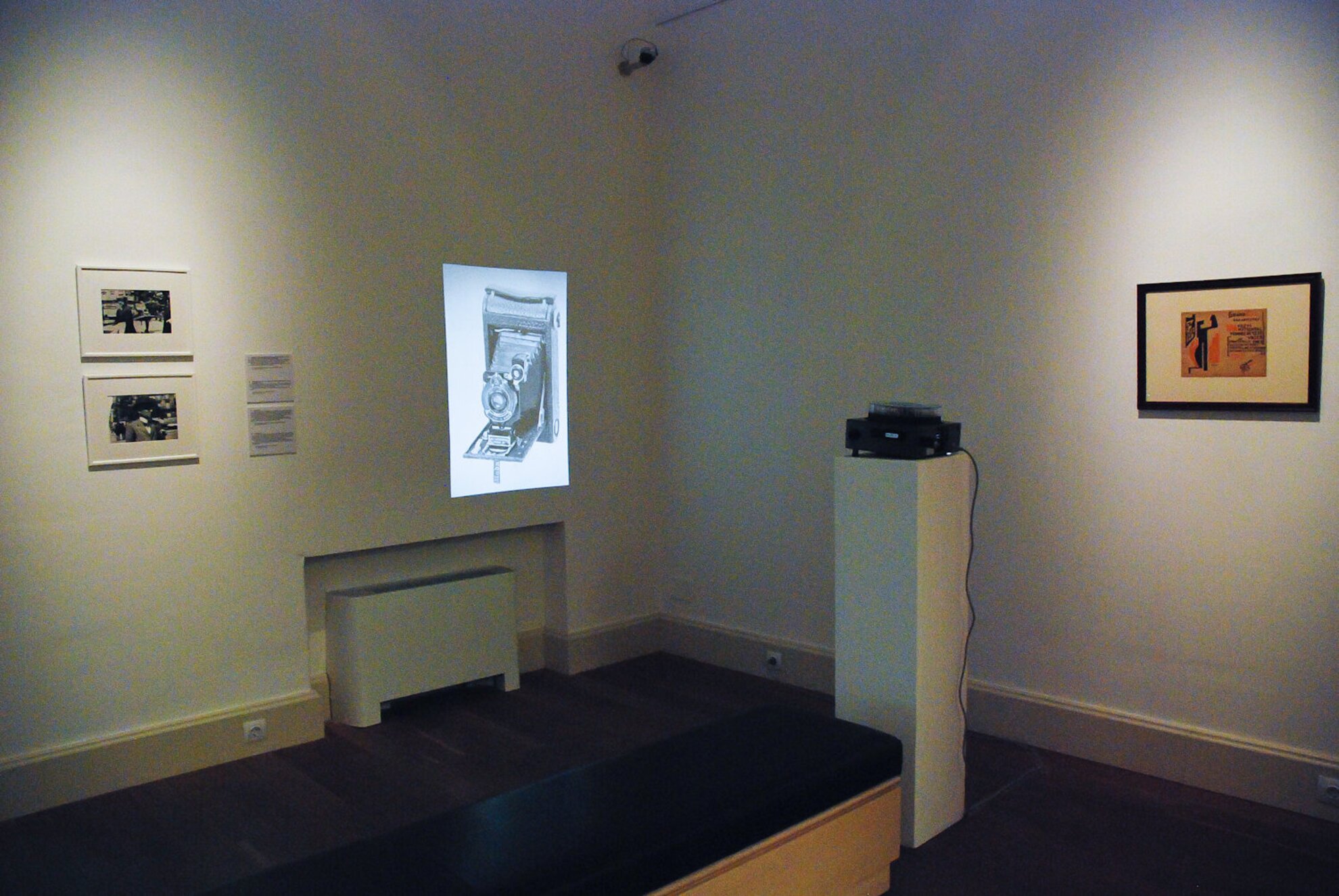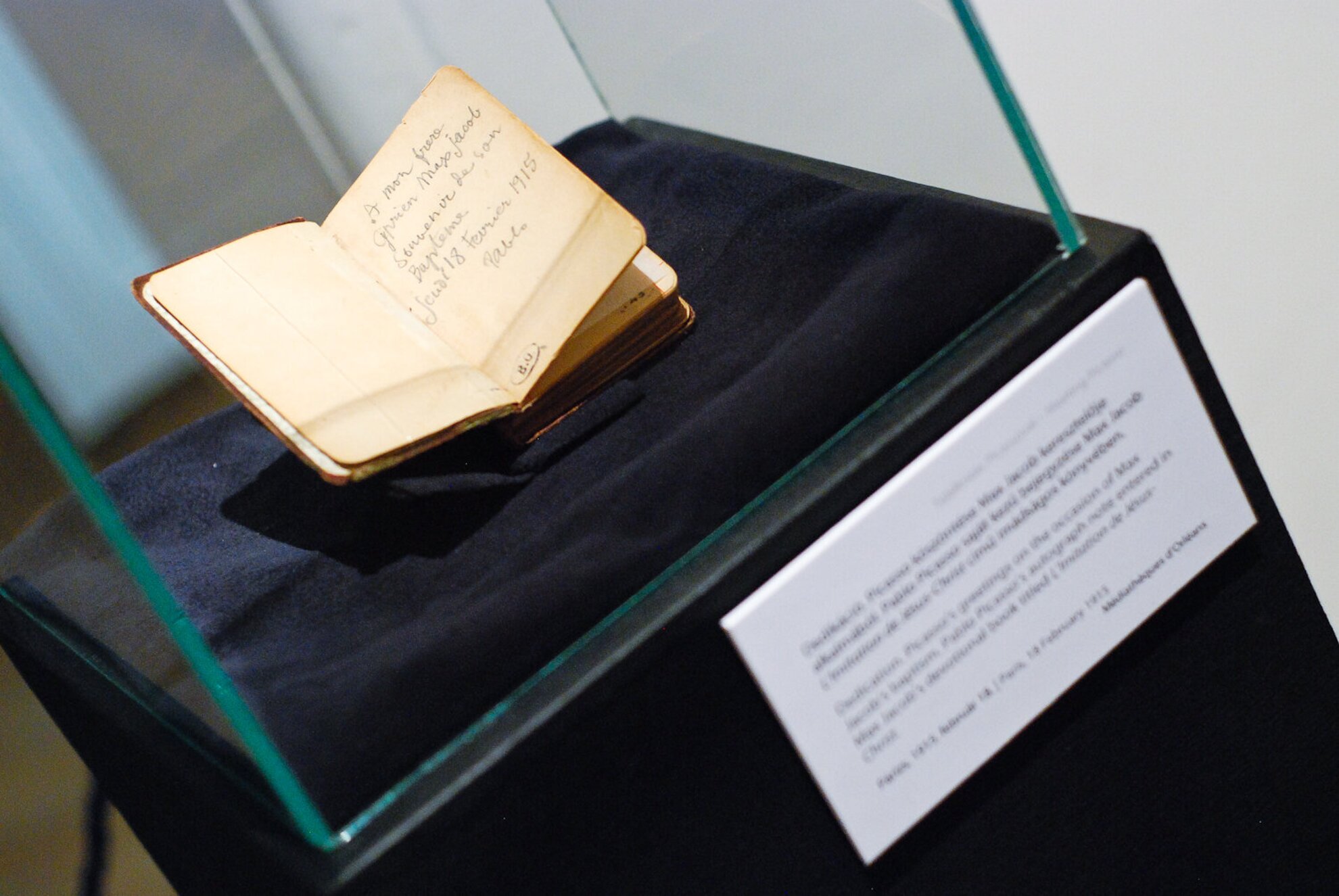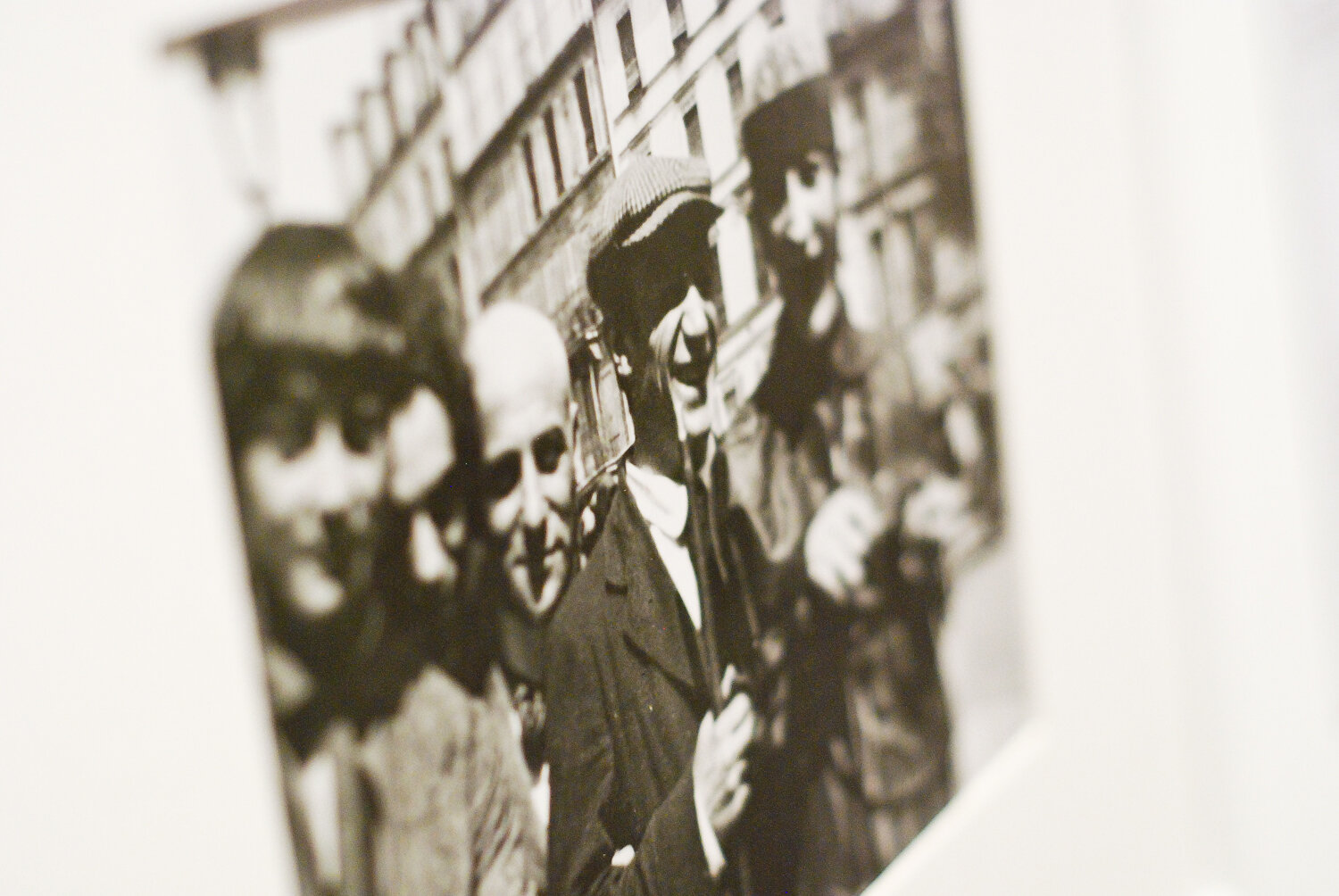Jean Cocteau's series of 29 photos from 1916 has been exhibited only three times so far. The French director recorded one of his afternoons spent with Bohemian figures of Paris' Montparnasse, including the 34-year-old Picasso. The exhibition at Balatonfüred's Vaszary Villa deserves your attention for more than the photo series: it displays sketches and paintings from the E.A.T. Archive, the recently closed Museum of Fine Arts Budapest and private collections, plus there is a Picasso sculpture as well.
Balatonfüred and the Vaszary Villa have pulled off a big one again by exhibiting the photo series discovered by Billy Klüver in 1978. The Swedish-born Klüver realized that one could define the exact time and date of Jean Cocteau's photos on 6x8 cm negatives, based on the shadows of background buildings. Calculating from the position of the sun and the angle of the light, he deduced that the pictures were taken on 12 August 1916, somewhere between 12:30 and 16:30. The current exhibition titled Meeting Picasso – Jean Cocteau's photographs and Picasso's artworks also addresses the calculations.
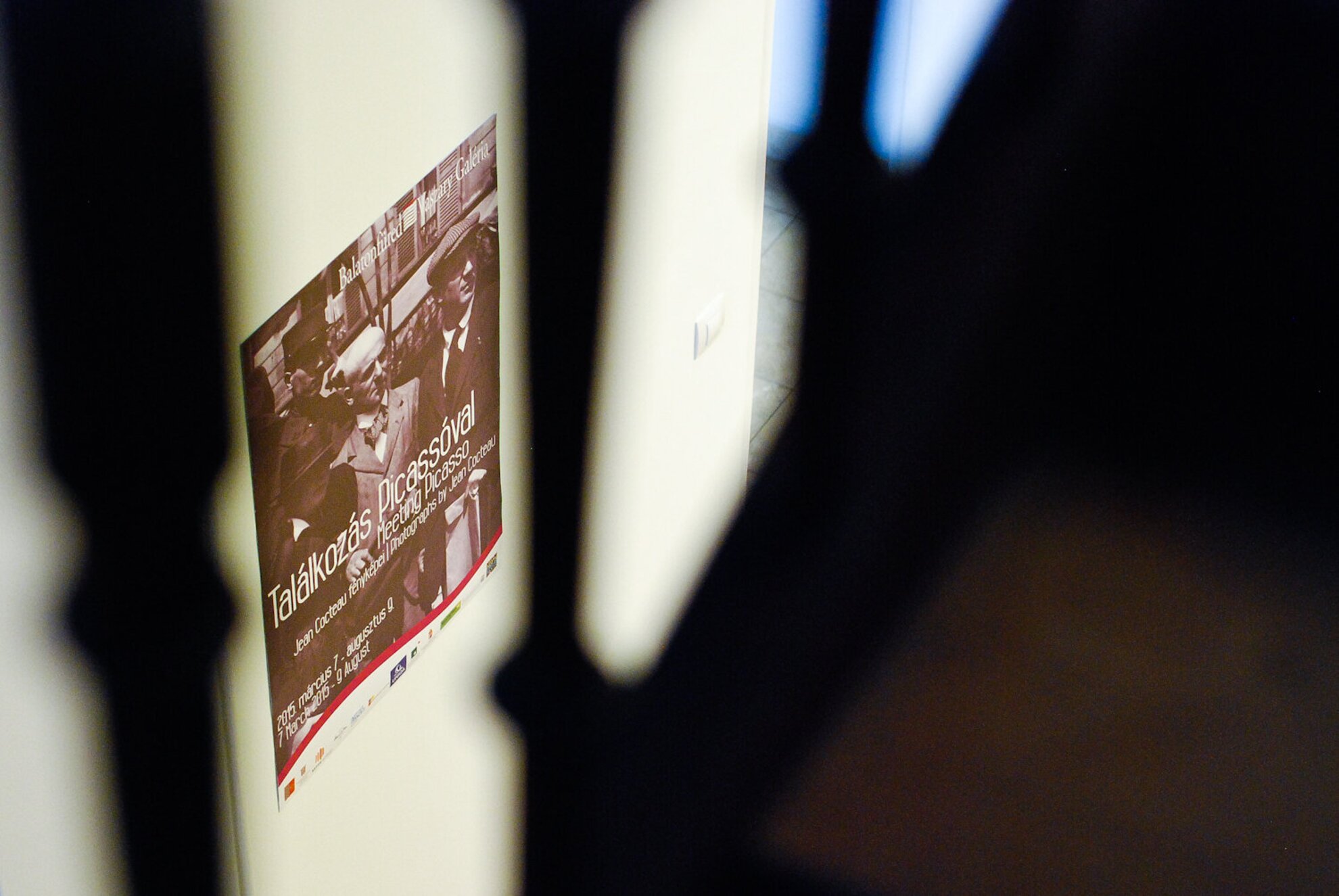
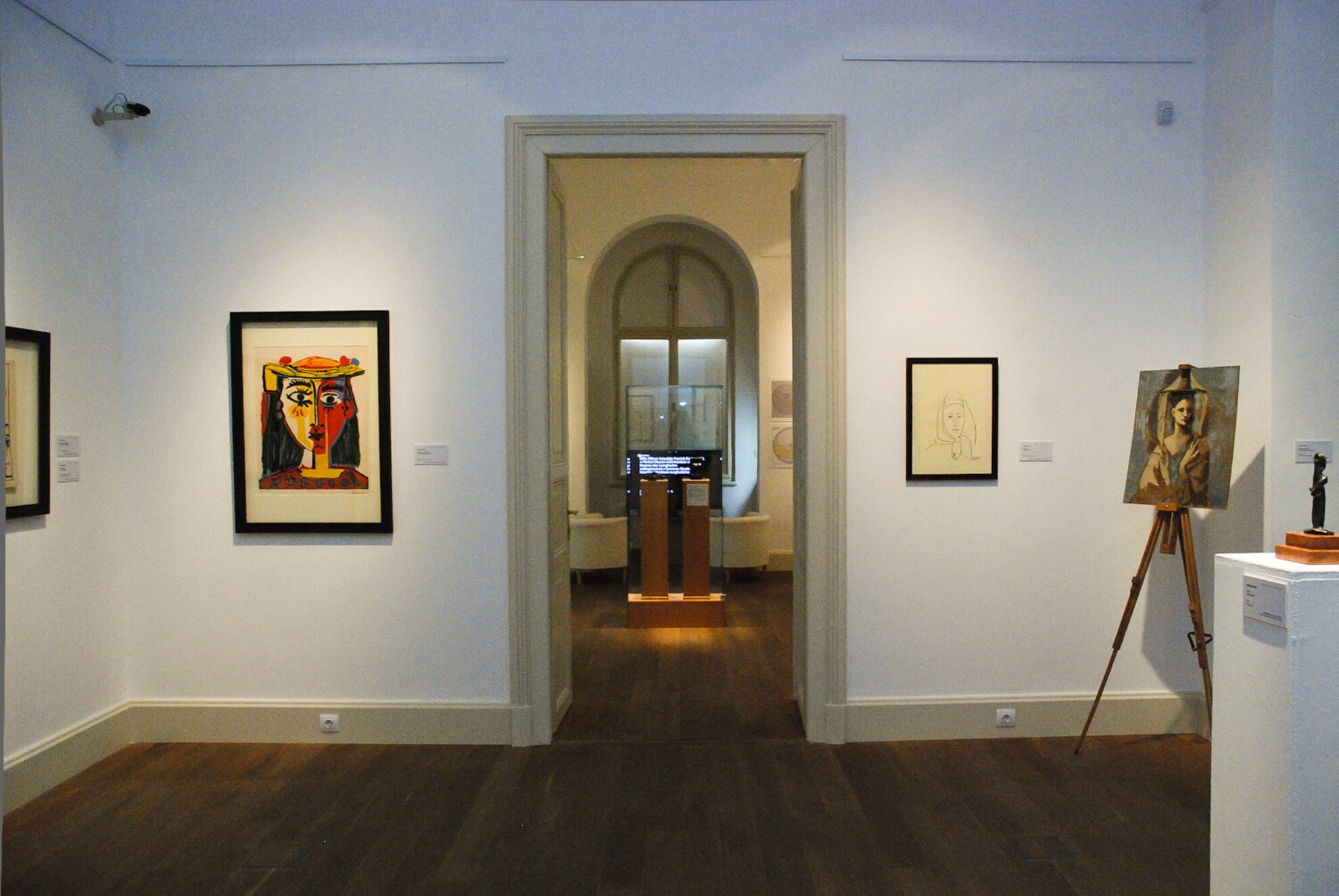
Why is the date of the photos so important? Why are people captivated by the display cases of calculations, drawings and videos? It's all about the story. Supposedly, Cocteau asked Picasso right on this day to design the visuals for his piece co-written with Erik Satie, Parade, which was later performed by the Russian ballet with huge success. This was an important milestone for Picasso, marking his first set and costume design for the Imperial Russian Ballet, and this is how he met his first wife, Olga Koklova.
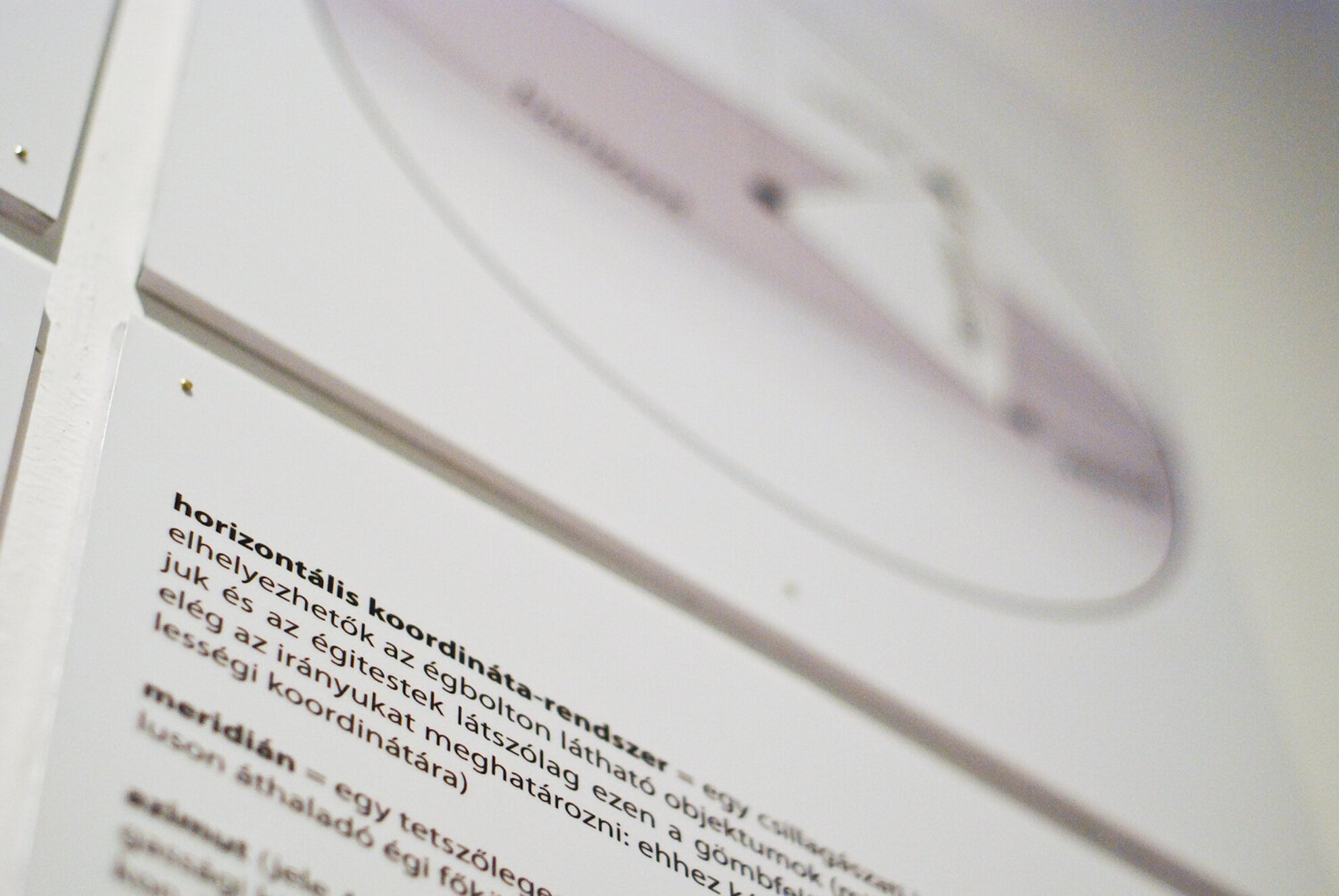
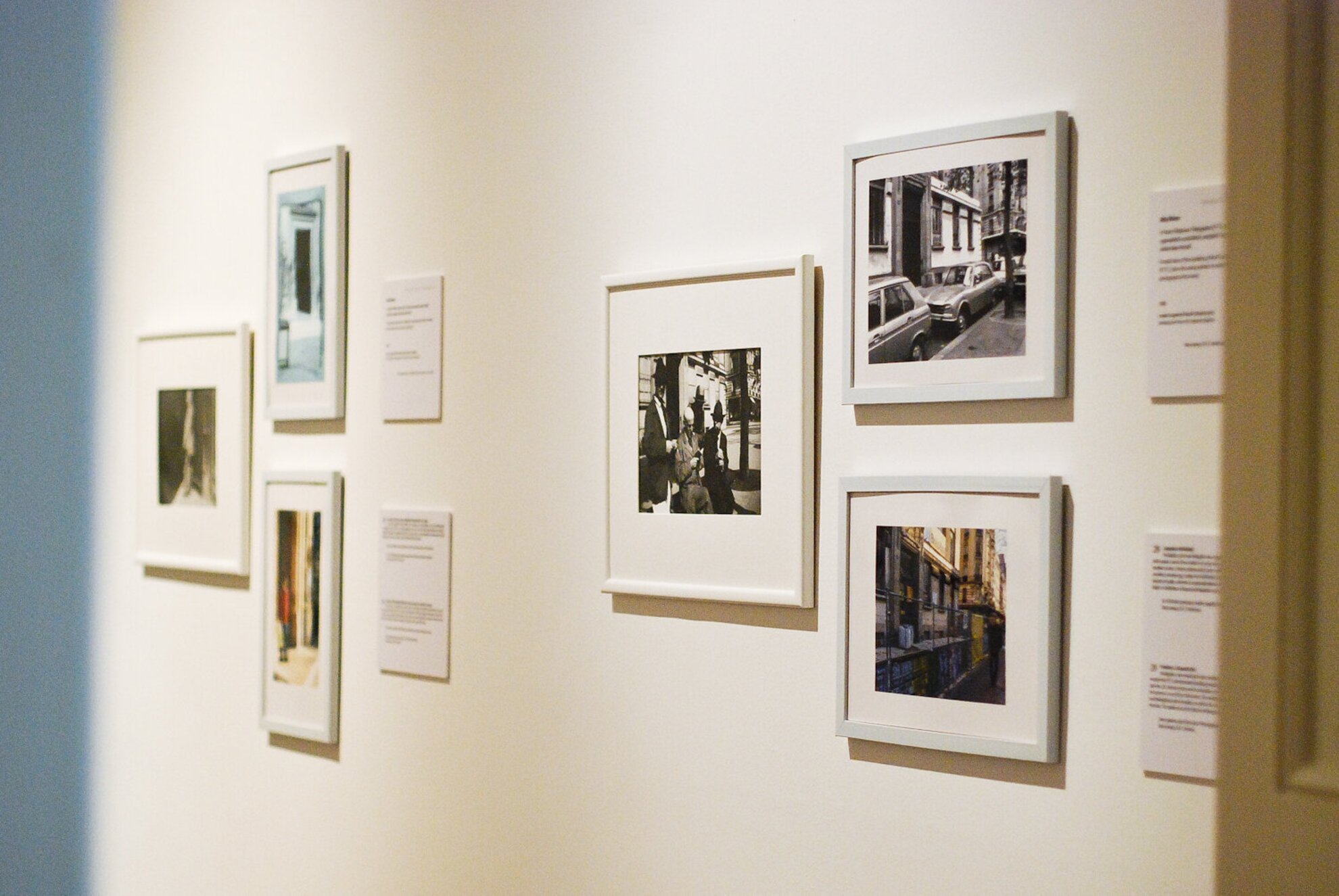
Anther reason for the captivating nature of this exhibition is the fact that the photo series displayed in the first two rooms includes the first picture in which Picasso smiles, and it is impossible not smile back at the painter. The coolest thing is the amateur and spontaneous nature of the photos. You can glimpse into an afternoon shared by friends, where the participants are also significant personalities f French avant garde. Jean Cocteau's photos constitute probably the first art collection that wishes to recount a story beyond the the goal of documentation, so they could be viewed as key frames of a movie.
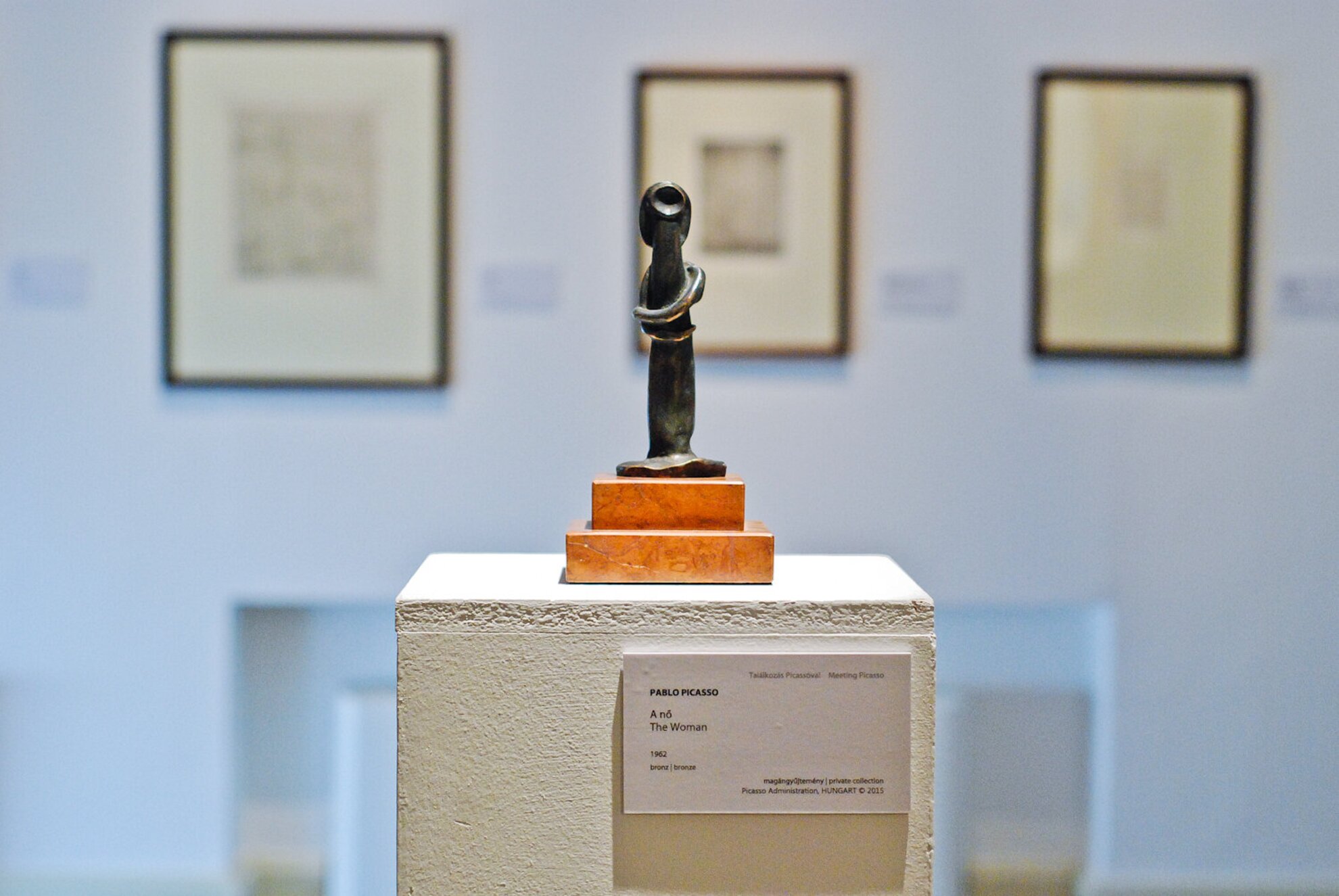
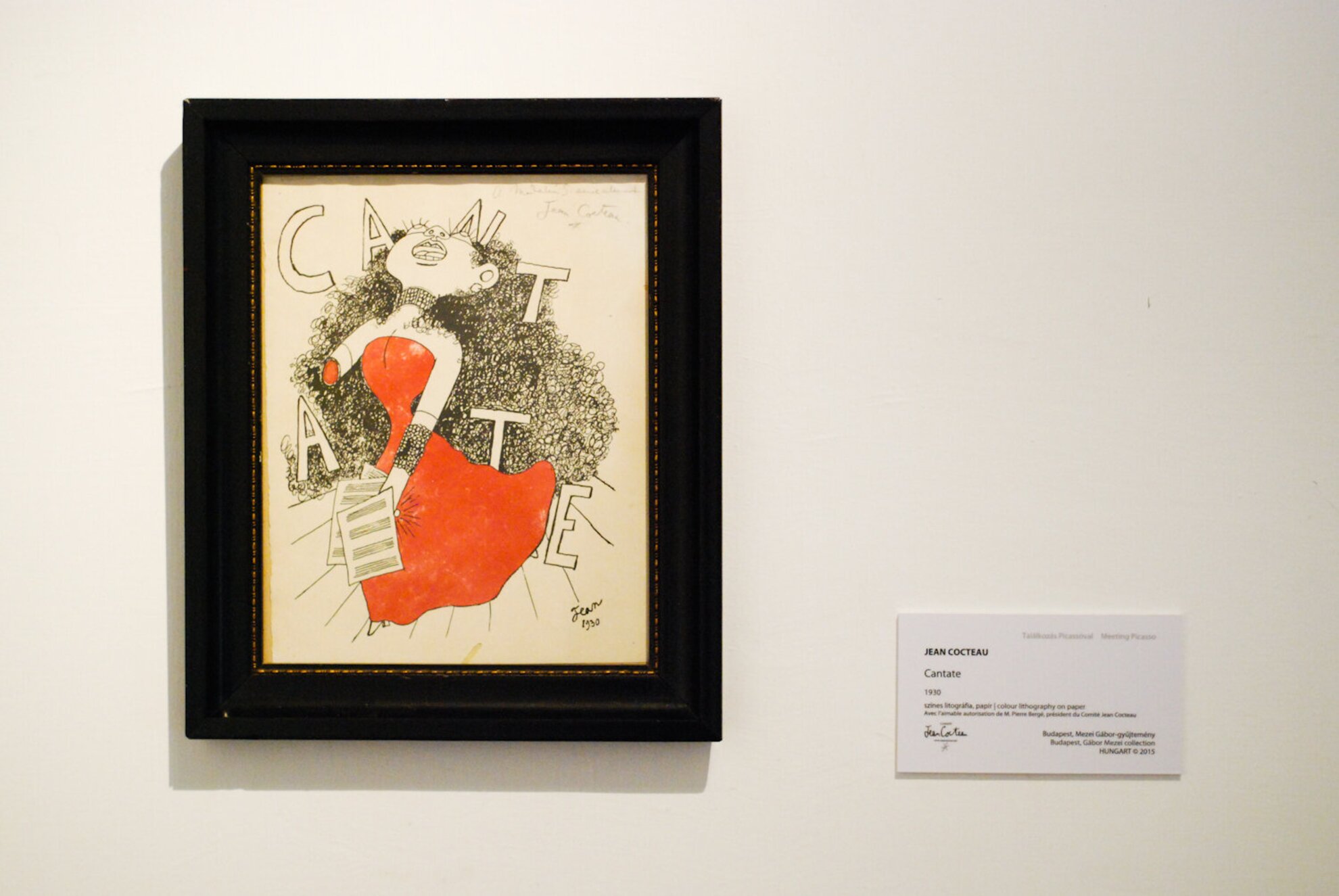
By the end of the exhibition, there are Picasso pieces cleverly alternated on the basis of technique, including special pieces of the early La Suite des Saltimbanques series, not to mention the sculpture The Woman (1962) from a private collection. In addition to Picasso's artworks, Jean Cocteau's colourful lithography, Cantante (1930) is also a curiosity to see,but the number one speciality is Max Jacob's christening book (borrowed from Médiathèques d’Orléans), which was autographed by Picasso for his friends. The booklet is exhibited in the internal room that displays the majority of the 29 Cocteau photos, where you can still hear the clicks of the slide projector in the adjoining room. This lends a retro feel to the exhibition that draws attention to the technology-based possibilities of 21st century art history.
